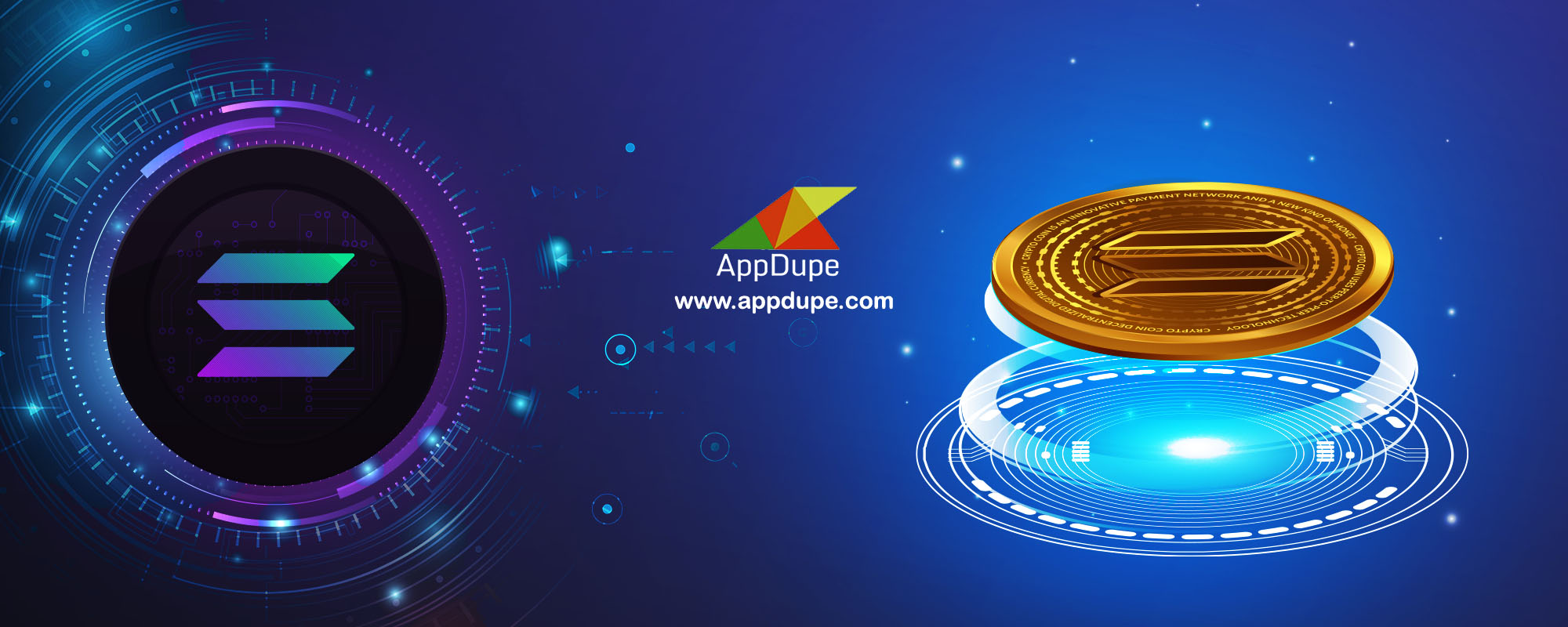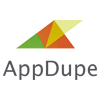Analyzing the step-by-step process to create a Solana Token
Author Solana Token Development, Token Development
Undoubtedly, scalability issues on the Ethereum blockchain network have led to the emergence of viable alternatives. Launched in January 2018, Solana is one of the fastest-growing platforms. It is now the hub for Web 3.0 projects (payments, gaming, Decentralized Finance, and NFTs). Moreover, the Switzerland-based platform offers several advantages like fast processing of transactions, interoperability, scalability, user-friendliness, and resistance against censorship. Let us explore more about why it is right for you to commence Solana token development.
How is Solana better than Ethereum?
- Project creators will benefit from composability. Solana ensures that investors need not deal with any Layer 2 solutions and sharded chains.
- For a long time, users were complaining about high gas fees on Ethereum. However, Solana prevents this by keeping the transaction fee at just $0.01 for both developers and investors.
- It also processes blocks within just 400 milliseconds. This ensures the uninterrupted functioning of the decentralized network.
- Overall, Solana has created around 140 Decentralized Autonomous Organizations (DAOs). They manage a whopping $1 billion of funds and the transaction fee is only $0.025.
- Users who hold a Solana token can cast their votes on multiple proposals and also interact seamlessly with the community without spending much expenditure. Moreover, they also benefit from greater throughput and low latency.
- Investors can also keep a close watch over their portfolios. As a reputed Solana token development company, we ensure transparency. Users can head over to Solscan and view data about the transactions, blocks, programs, and tokens. Moreover, it displays stats about the price of $SOL tokens, transaction count, market capitalization, current epoch, block height, slot height, and the rewards in Solana (SOL) tokens.
- Overall, a whopping $7.6 billion have been locked in the Decentralized Finance (DeFi) and NFT projects on Solana. Hence, this has made it the top choice for building Decentralized Applications (DApps) across industries.
- Interestingly, around 5.7 million NFTs have been minted on Solana and the average minting cost is only $1.50.
- Undoubtedly, Decentralized Finance (DeFi) is powering the growth of Solana. For instance, investors have locked a whopping $11 billion in 274 projects on the platform. The 24-hour trading volume is around $430 million and the average transaction fee is only $0.18.
Reach out to our Solana Token Development company and build your crypto venture
What is the procedure to develop a Solana Token?
Assemble the tech stack – Solana uses the Anchor framework. This helps developers in creating smart contracts and assembling Decentralized Applications (DApps). The Anchor framework acts as a toolchain. Hence, it combines the power of different programming languages like Solidity, Ether.js, Truffle, and Ganache.
Subsequently, blockchain specialists can create a program and deploy it to the local cluster. Subsequently, the Interactive Data Language (IDL) shares quantitative and qualitative information. This ensures seamless interaction with the crypto exchanges and Decentralized Finance (DeFi) platforms. Later, developers should enter the private key and process the transaction on the local net.
Integrate wallets – Unquestionably, SOL tokens act as the backbone of the Solana blockchain network. Solana supports a variety of wallets. This helps users to seamlessly interact with the Command-Line Tools. Investors can utilize a variety of File System Wallets, Paper, and Hardware wallets.
Generally, users can utilize their personal computers (PCs) for managing their crypto assets. Investors have full freedom in generating an unlimited number of keys.
Crypto holders can also utilize paper wallets for storing their digital assets. For instance, they can protect their funds with 12-24 recovery phrases. Investors can also store their virtual assets on hardware wallets like Ledger Nano S, Ledger Nano X, and Trezor One. Generally, these devices operate in the form of a secure chip. Users can access features like Bluetooth integration, a staking facility, a lending mechanism, and integration with different Decentralized Applications (DApps).
Moreover, cold wallets prevent Man-In-The-Middle (MITM) attacks. Users can process a transaction only after a dual verification mechanism. This happens when the public key of both the payer and the payee matches. Investors benefit from confidentiality. This is because a common secret phrase is generated. Subsequently, the hardware wallet and the user’s smartphone display the same numeric code.
Integrate Plugins – Sometimes there may be a heavy load on the Solana blockchain network. Generally, this occurs when validators undergo Heavy Remote Procedure Call (RPC) loads.
Solana prevents this by consuming data from external sources. Hence, it does not utilize centralized database management systems like SQL and Kafka.
Hence, plugins are automatically attached to validators when it begins. The JavaScript Object Notation (JSON) file contains details like the account data, metadata, and transaction status.
Besides that, higher throughput is ensured as plugins enable connection pooling by utilizing numerous threads. Each thread connects directly to the PostgreSQL database. In the long run, validators who do not have enough computing power will fall behind the network. This happens when a huge number of accounts get selected.
Importantly, you can decrease latency by keeping the validator and the PostgreSQL in the same local network. In case of overload, it is essential to size the validator and database nodes differently.
Set up the node – For instance, while setting up a Cryptocurrency Exchange or a Decentralized Finance (DeFi) platform, you should set up 2 nodes. This offers advantages like a direct gateway to the mainnet and access to real-time data about deposits, withdrawals, and transactions. You should begin the validator by following certain parameters.
It displays data about the identity key pair, a cluster keypoint, expected genesis hash, transaction history, and validator address. Investors can directly deposit SOL tokens into the cryptocurrency exchange by transferring a certain amount to the appropriate deposit address.
Subsequently, you can know the status of the batch of transactions by clicking the Get Signature Statuses section. Solana also shares real-time updates about the Transactions Per Second (TPS), the total transaction count, and the confirmation time of each validator node.
Wrapping Up
The main focus of Solana lies in promoting a self-sustaining economic system. Hence, protocol-based rewards will determine the future of the blockchain network. Generally, the incentives get computed per epoch and are distributed to all the delegates and set of validators. Solana will also concentrate on an inflation schedule to prevent skyrocketing transaction fees. This will depend on aspects like the number of participants and the extent of forking. Wish to transform the global financial system? Use AppDupe’s state-of-the-art Solana token development services.
Contact our crypto experts

Marketing is my soul mate and writing is my side kick. Using my writing skills to share the knowledge of app development and upcoming technologies.





